Faced with new regulations from the Chinese market on imported durian, tightening control from the root is being promoted by Vietnamese ministries, branches and localities.
Durian exports to China down 80%
According to the Ministry of Agriculture and Rural Development, Vietnam's durian exports to China from the beginning of the year to mid-February 2025 reached about 3,500 tons, down 80% compared to the same period last year. The strict inspection of Vietnamese durian for yellow O has severely affected exports to the Chinese market.
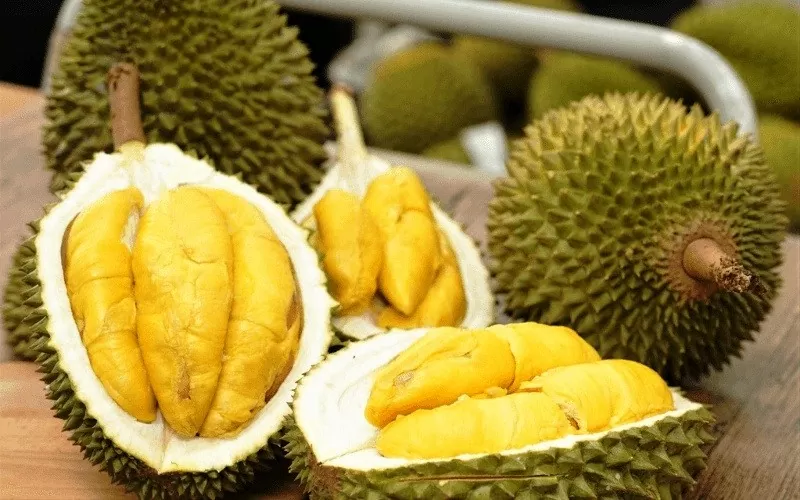 |
| In 2024, China will spend 2.94 billion USD to buy Vietnamese durian. Photo: Illustration |
Previously, the General Administration of Customs of China has applied some additional measures to fruits such as durian, jackfruit, dragon fruit exported to this country, not only applied to Vietnam but also to all countries. The new regulation requires that fruit shipments before being exported must have the results of analysis of some active ingredients that China is interested in, and at the same time, the laboratories testing these active ingredients must be recognized by China.
Mr. Phung Duc Tien - Deputy Minister of Agriculture and Rural Development - assessed that the regulation on testing for yellow O substance was applied by the importing country as an emergency measure to protect the health of consumers, especially after China discovered this substance in shipments of durian from Thailand.
Although, up to now, Vietnam has 9 laboratories testing for yellow O, however, China still strictly controls durian shipments from Vietnam. In addition to requiring durian shipments to have additional certificates of Cadmium residue and yellow O (applied from January 10), China also checks 100% of shipments, only if they meet the standards can they be cleared. This increases the time and costs of businesses.
Mr. Doan Thanh Son - Vice Chairman of Lang Son Provincial People's Committee - informed that currently, China strictly controls the standards and quality of agricultural products and especially food hygiene and safety. For example, yellow O is a new standard.
The Chinese market has set very clear standards and regulations, both in terms of product quality, packaging, and packaging, and has repeatedly notified and recommended Vietnamese exporters. However, there are still traders who have not updated, changed their habits, or improved their products in time, leading to difficulties when exporting goods.
According to Ms. Phan Thi Men - General Director of Sutech Science and Technology Consulting Company Limited, currently, exporting valuable agricultural products such as durian is very difficult because the other side strictly controls the content of Cadmium and O-yellow in the product. Therefore, both traders and service providers are not interested in this product. Meanwhile, the quantity of exported durian is too small or there are many days when there is no product to export.
Residue control will have to be done from the root
Dak Lak is the province with the second largest durian area in the country after Tien Giang. The total durian area of the province is 37,381 hectares, with an output of nearly 318 thousand tons in 2024. Currently, the whole Dak Lak province has 68 durian growing areas granted export codes, with a total area of 2,521 hectares; 23 durian packing facilities have been granted codes.
As soon as receiving information from China, the Krong Pac Green Agriculture Cooperative has implemented new regulations to its members. Accordingly, people need to take care of durian trees and fruits with enough nutrients, create strength for durian trees and fruits to grow naturally, and use biological pesticides and spider mites extracted from cinnamon trees. When harvesting, they must be isolated for 30 days after using fertilizers and pesticides instead of 15 days as before.
To meet export standards, people and businesses must strictly comply with regulations during the production and harvesting of durian. Mr. Nguyen Van Thang - Director of the Krong Pac Green Agriculture Cooperative - recommended that authorities have a clear legal framework and strictly manage the growing area code to facilitate the management of pesticide residues and yellow O. In addition, it is necessary to have propaganda measures to help people raise awareness and comply with production processes to ensure product quality. At the same time, there should be a mechanism to strictly handle violations.
According to the leader of NHONHO Technology Company Limited (K2-17, Vo Nguyen Giap Street, Phu Thu Ward, Cai Rang District, Can Tho City), since the regulations on testing yellow O in durian in Vietnam were issued, the number of samples sent to the unit has increased significantly, mainly from warehouses and packaging enterprises in Tien Giang Province. Through the testing results, the rate of durian samples meeting the requirements has been on the rise recently. However, the company's capacity can only meet 100 samples/day.
Regarding this, Mr. Hoang Trung - Deputy Minister of Agriculture and Rural Development - said that in addition to the 9 inspection rooms recognized by China, the Ministry has sent 6 more dossiers for approval from China to meet export needs in the context that durian and many other Vietnamese fruits are being harvested and are about to be harvested.
With the principle of not causing congestion or blockage in exports due to a lack of testing rooms or a large number of test samples, the Ministry has directed the addition and consolidation of resources, human resources, and equipment for testing rooms.
“We have also promoted and encouraged businesses to cooperate with testing laboratories to control the use of active ingredients according to the requirements of the importing country. The units are doing this very well. Recently, the two sides met and agreed on the method of sampling, so the number of violating shipments has decreased significantly,” said Mr. Hoang Trung.
Currently, Vietnam's durian growing area is about 169,000 hectares (more than double the planning orientation until 2030 - about 65,000 - 75,000 hectares), the durian harvest rate is relatively high.
In response to some additional measures for Vietnamese fruits exported to the Chinese market, Mr. Hoang Trung said that the Ministry has also directed specialized departments to coordinate with localities to immediately deploy models for managing food safety of agricultural products, especially the use of chemicals in growing areas and packaging facilities.
At the same time, request specialized departments to closely coordinate with the police to strictly handle acts such as using fake plant quarantine certificates, falsifying test results to carry out customs clearance procedures. In addition, closely coordinate with the General Administration of Customs of China, if you detect violations, warn any shipments, the Vietnamese side will immediately withdraw and stop exporting the violating codes.
In the long term, Mr. Hoang Trung said, the Ministry of Agriculture and Rural Development directed relevant units to urgently complete technical reports (determining causes and solutions) to send to China and the two sides to negotiate to return to implementing the Protocol signed by the two countries, at which time durian exports would no longer have to apply additional measures as they do now.
At the same time, the Ministry is also directing the Plant Protection Department to develop and immediately implement a program to monitor residues of active ingredients for all fruit export areas, focusing on controlling the origin of agricultural products and exported fruits.
According to the Vietnam Fruit and Vegetable Association, in January 2025, Vietnam's fruit and vegetable exports reached 416 million USD, down 11.3% compared to the previous month (December 2024 reached 529 million USD) and down 5.2% compared to the same period in 2024 (January 2024 reached 490 million USD). Exports at the beginning of the year faced many difficulties, especially durian - a staple product. The main reason is believed to be that China has increased quality control of yellow O and Cadmium on durian. Previously, according to data from the General Department of Vietnam Customs, in 2024, Vietnam's durian exports earned about 3.21 billion USD, an increase of more than 1 billion USD compared to 2023, 7.8 times higher than the export turnover of 2022 (the first year Vietnamese durian was officially exported to the Chinese market). |
Source: https://congthuong.vn/siet-kiem-tra-tu-goc-sau-rieng-xuat-khau-sang-trung-quoc-374166.html


![[Photo] Nhan Dan Newspaper announces the project "Love Vietnam so much"](https://vstatic.vietnam.vn/vietnam/resource/IMAGE/2025/4/17/362f882012d3432783fc92fab1b3e980)
![[Photo] Welcoming ceremony for Chinese Defense Minister and delegation for friendship exchange](https://vstatic.vietnam.vn/vietnam/resource/IMAGE/2025/4/17/fadd533046594e5cacbb28de4c4d5655)
![[Photo] National Assembly Chairman Tran Thanh Man meets with outstanding workers in the oil and gas industry](https://vstatic.vietnam.vn/vietnam/resource/IMAGE/2025/4/17/1d0de4026b75434ab34279624db7ee4a)
![[Photo] Promoting friendship, solidarity and cooperation between the armies and people of the two countries](https://vstatic.vietnam.vn/vietnam/resource/IMAGE/2025/4/17/0c4d087864f14092aed77252590b6bae)
![[Photo] Closing of the 4th Summit of the Partnership for Green Growth and the Global Goals](https://vstatic.vietnam.vn/vietnam/resource/IMAGE/2025/4/17/c0a0df9852c84e58be0a8b939189c85a)
![[Photo] General Secretary To Lam receives French Ambassador to Vietnam Olivier Brochet](https://vstatic.vietnam.vn/vietnam/resource/IMAGE/2025/4/17/49224f0f12e84b66a73b17eb251f7278)
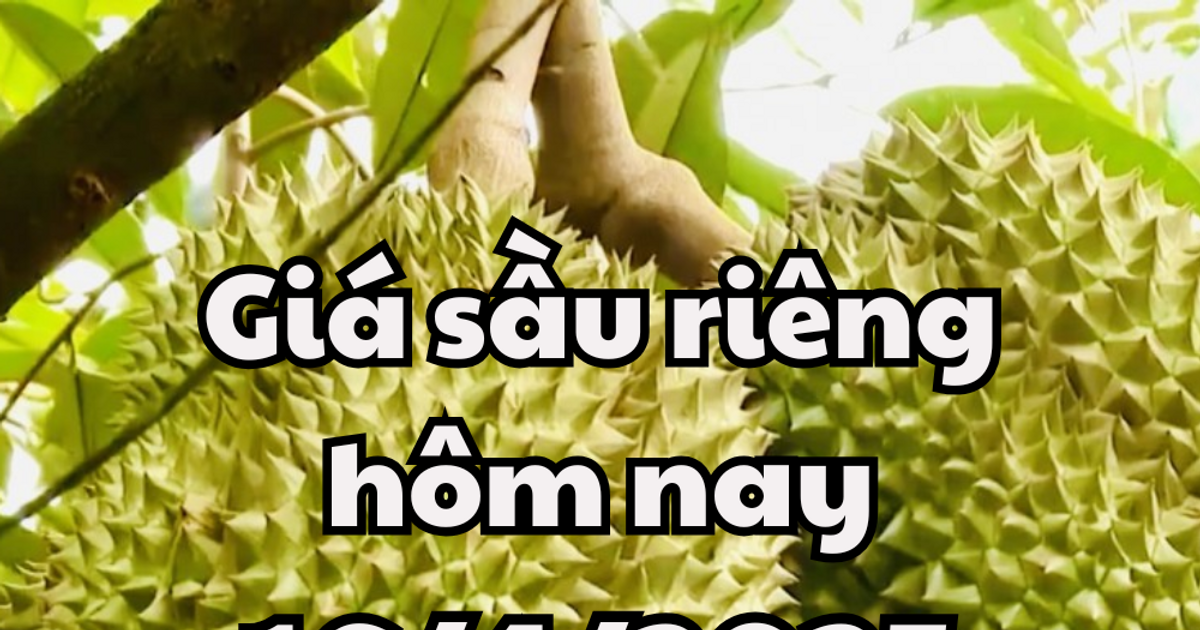

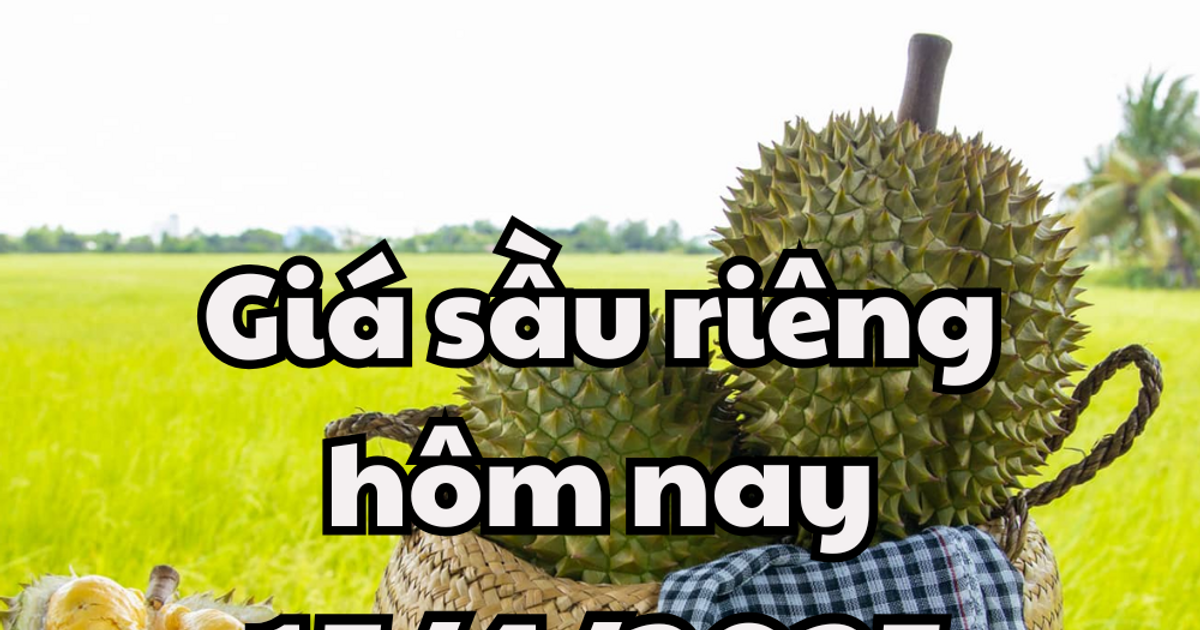
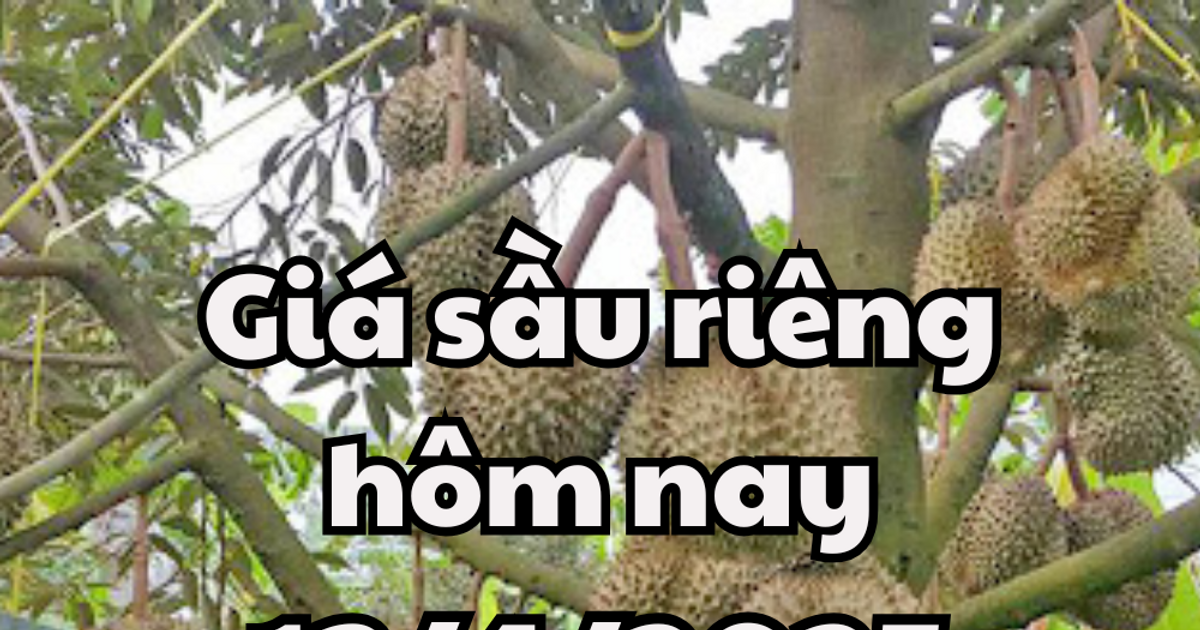
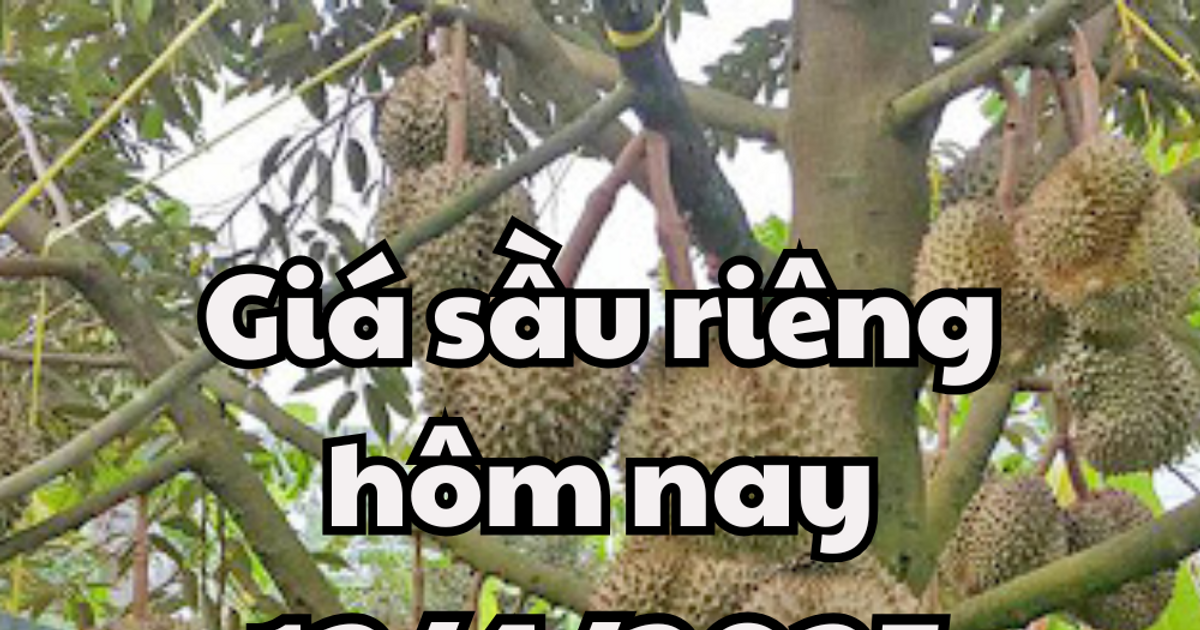
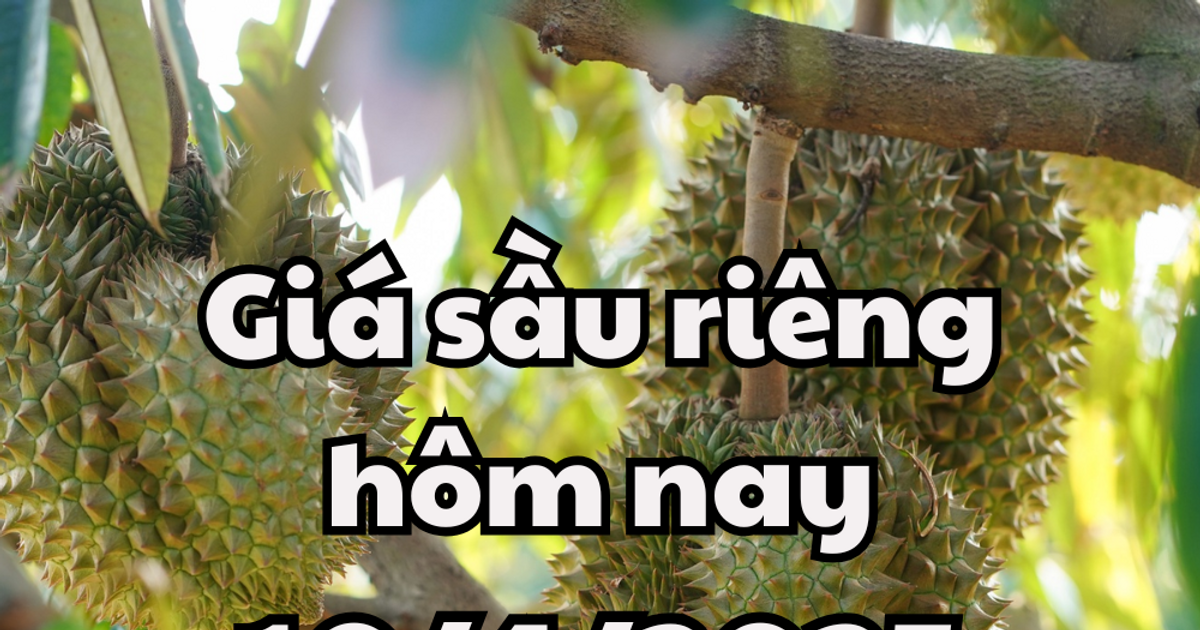

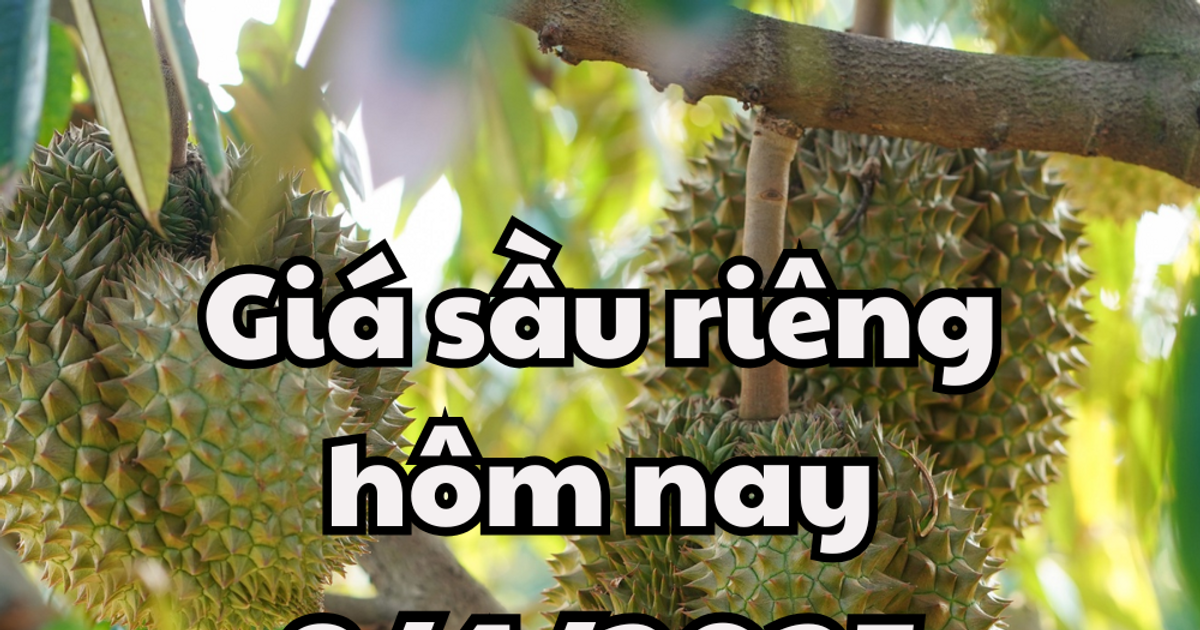





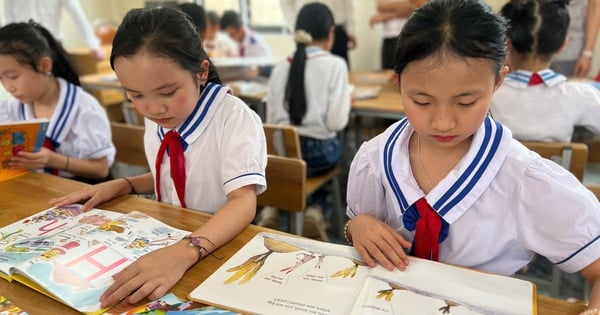




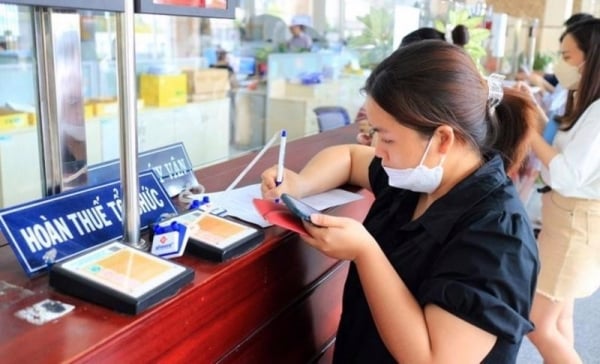
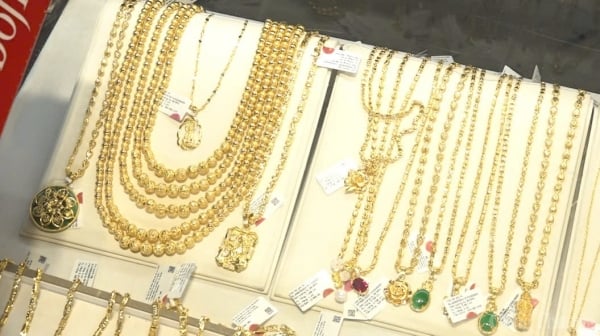
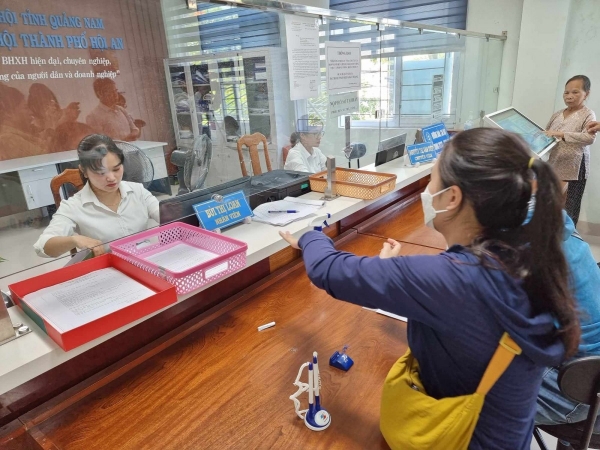
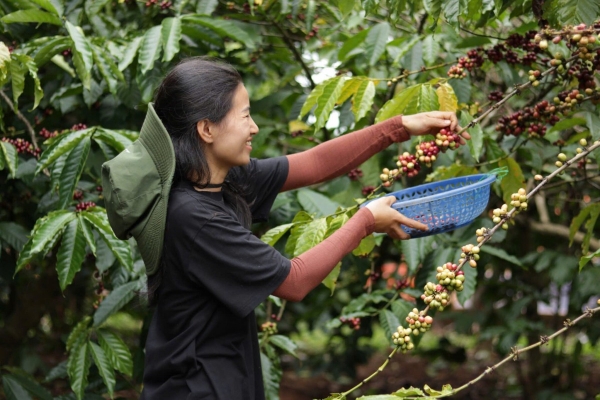
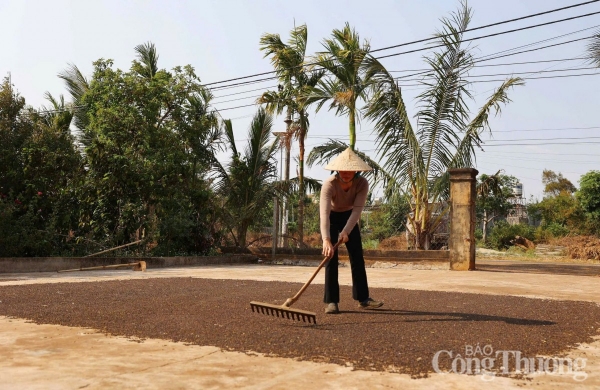
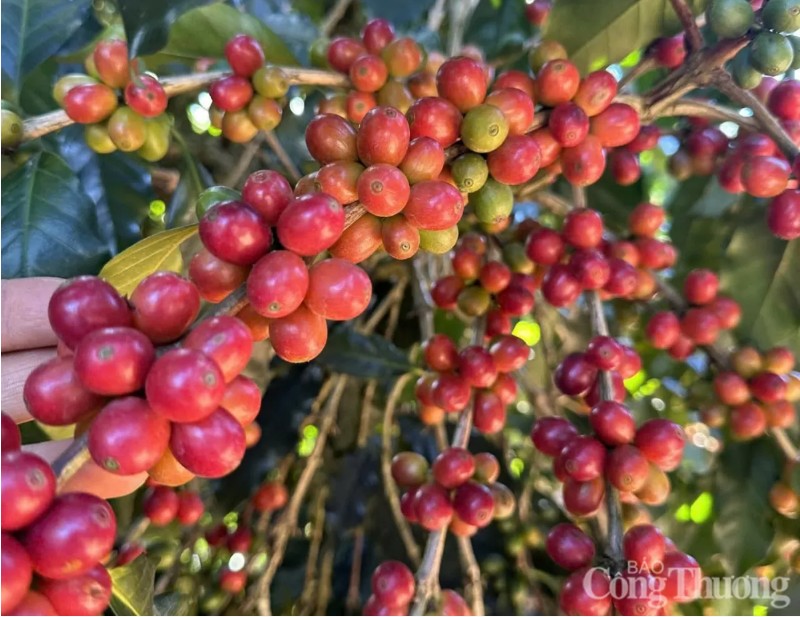











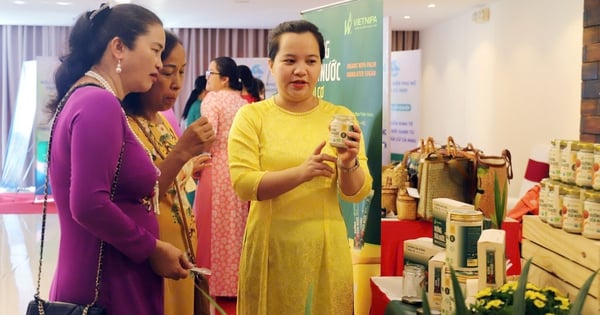










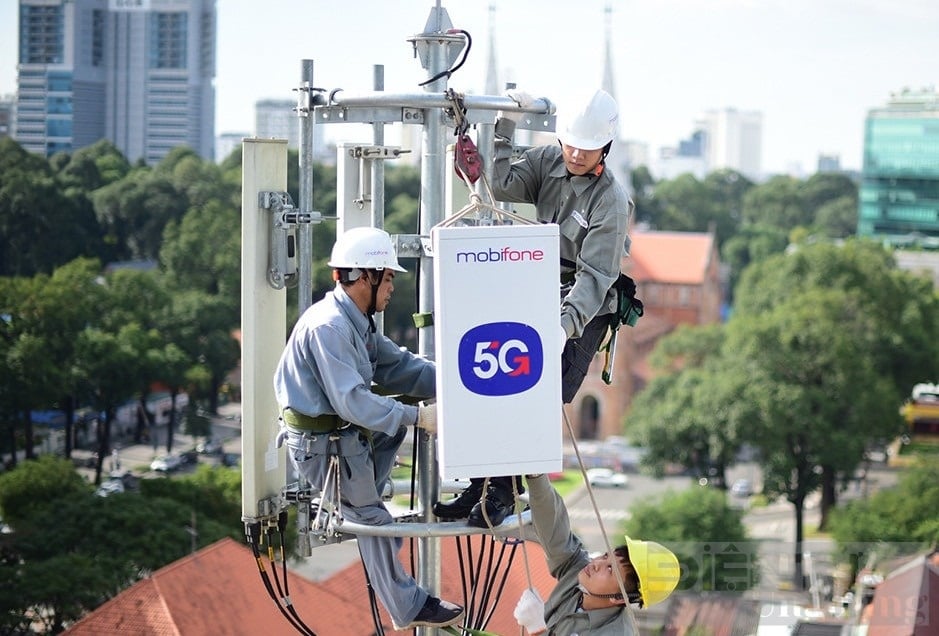

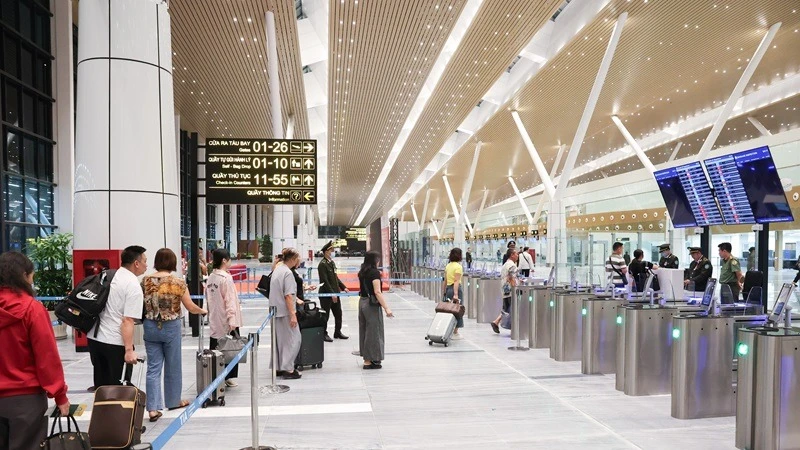



![[Video] Viettel officially puts into operation the largest submarine optical cable line in Vietnam](https://vstatic.vietnam.vn/vietnam/resource/IMAGE/2025/4/17/f19008c6010c4a538cc422cb791ca0a1)

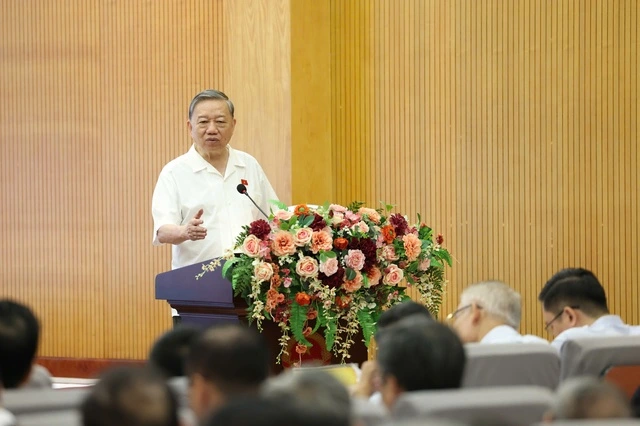



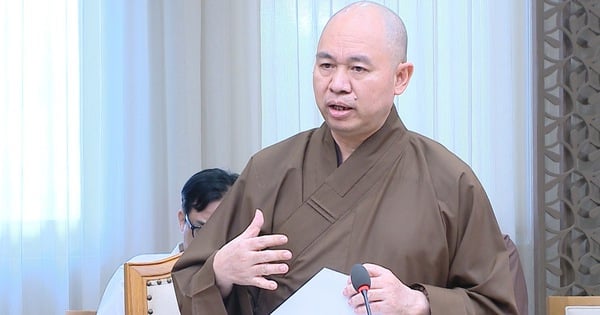

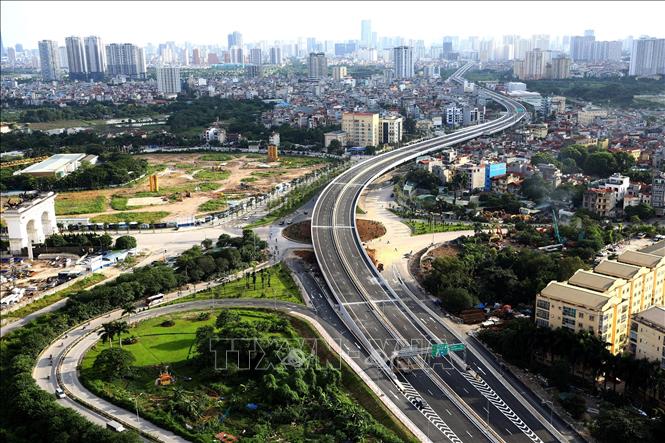

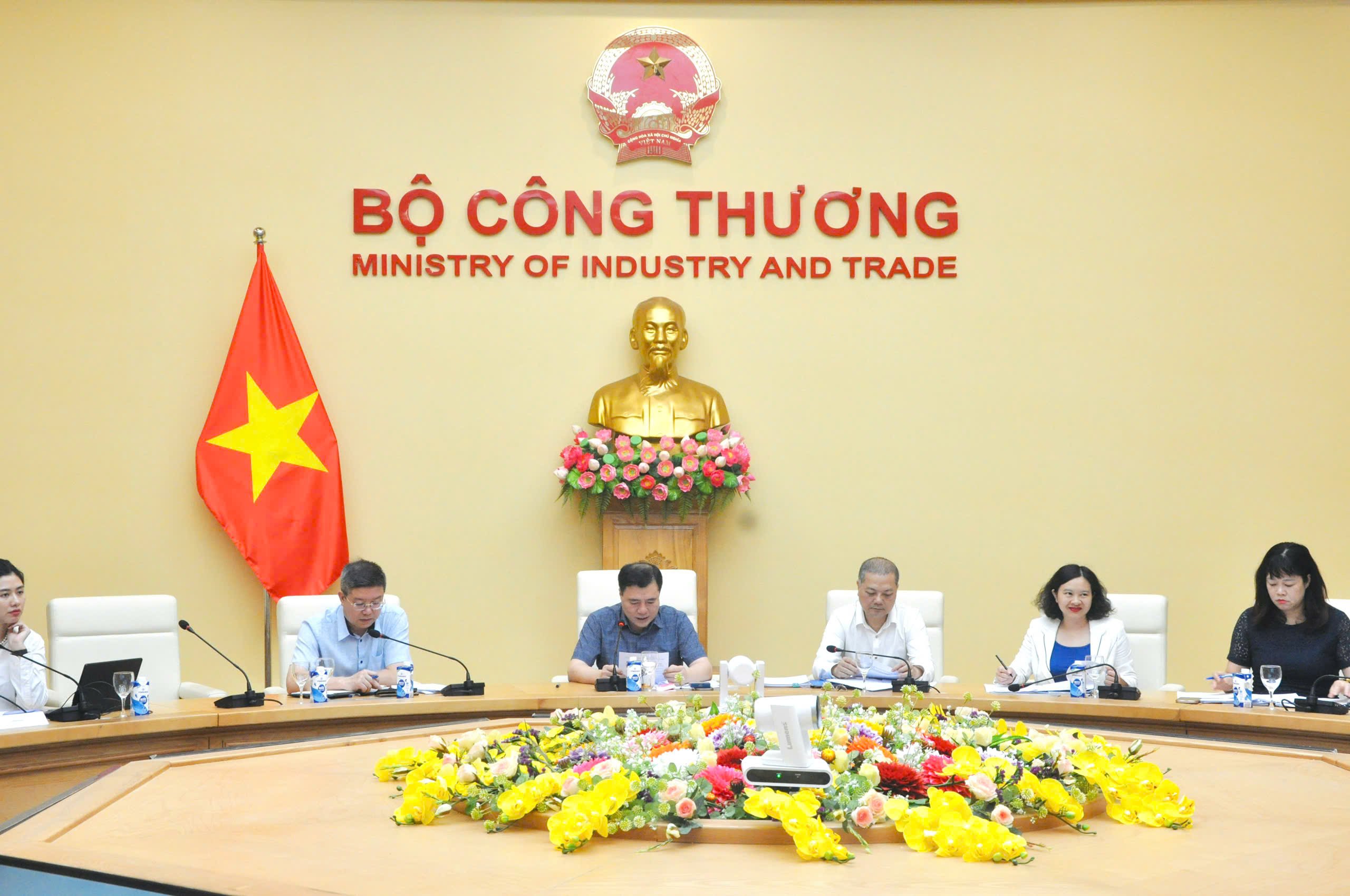







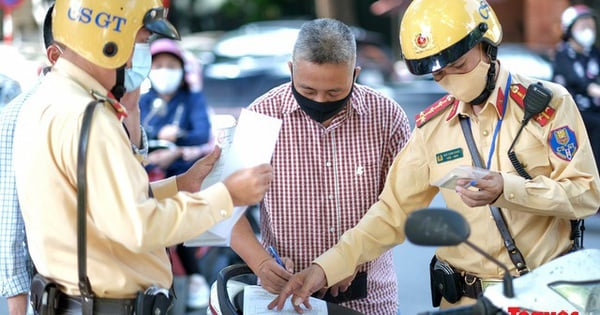

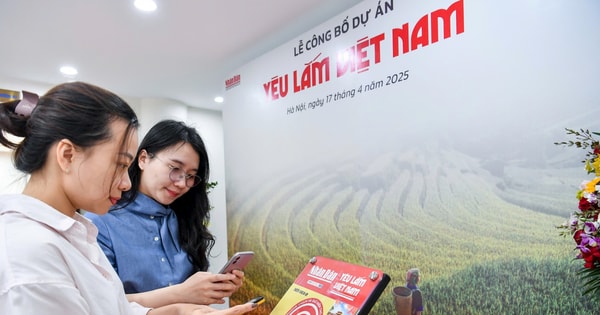


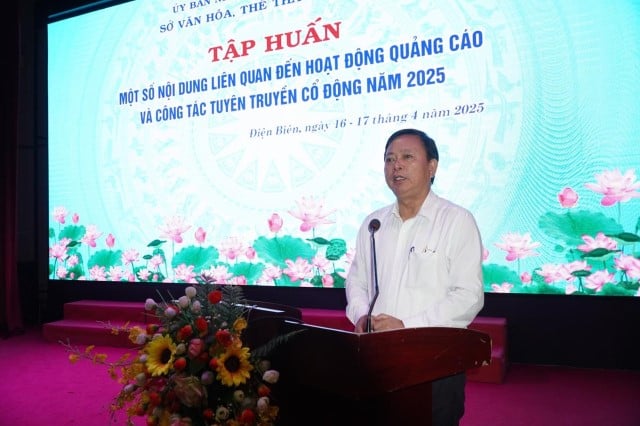
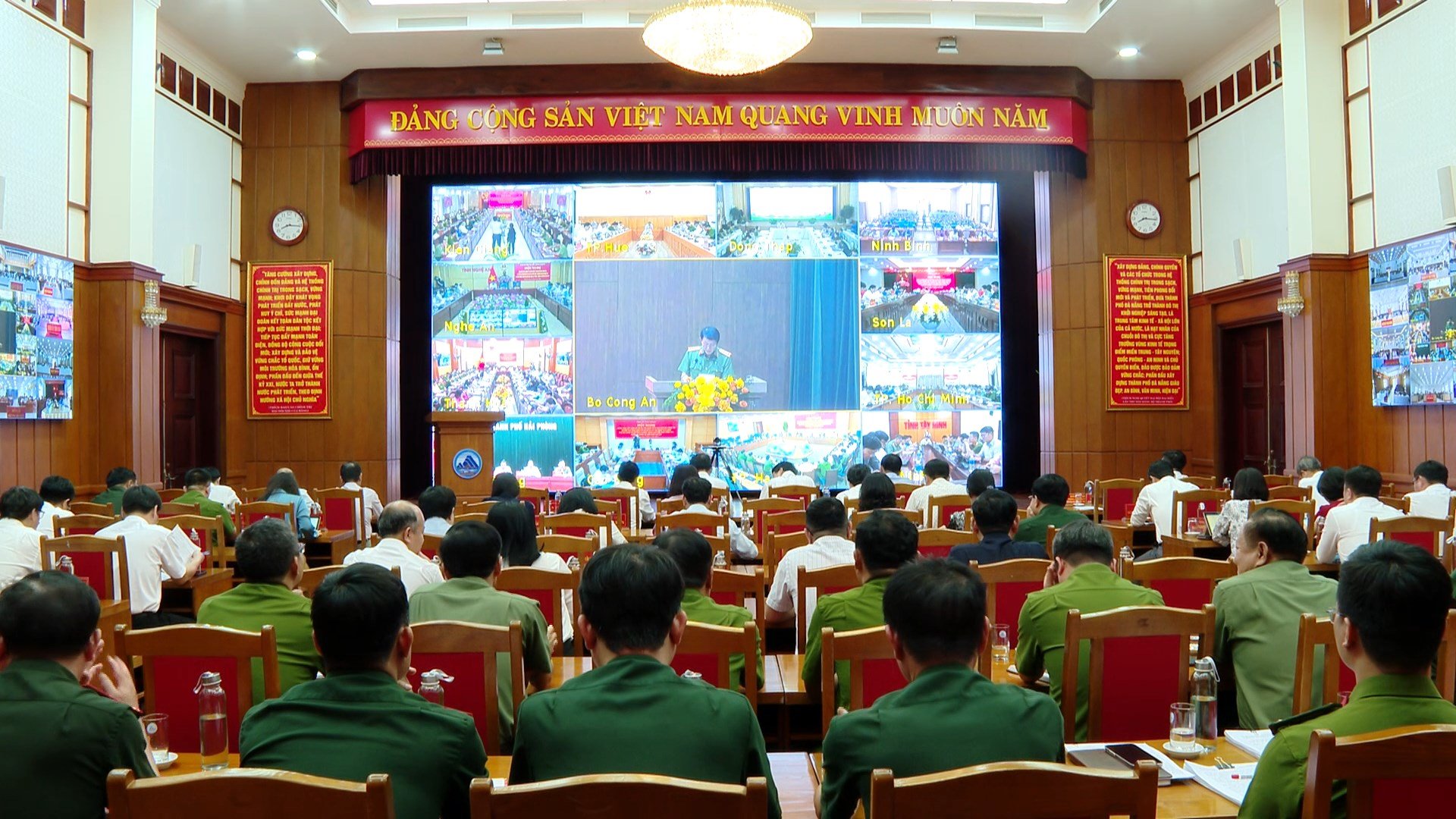
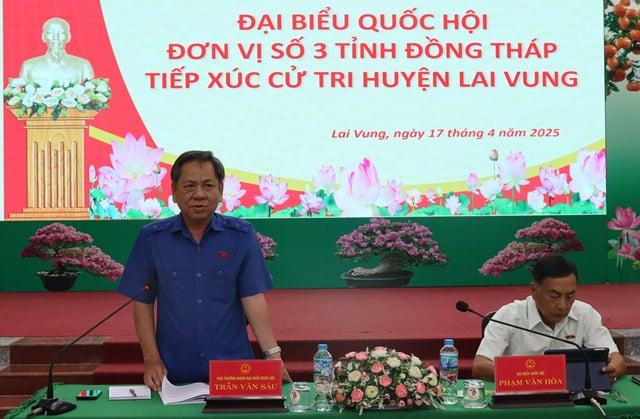


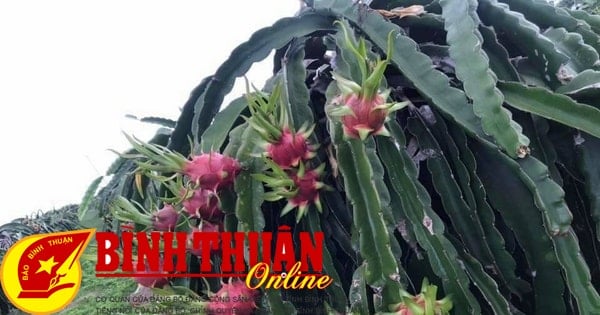

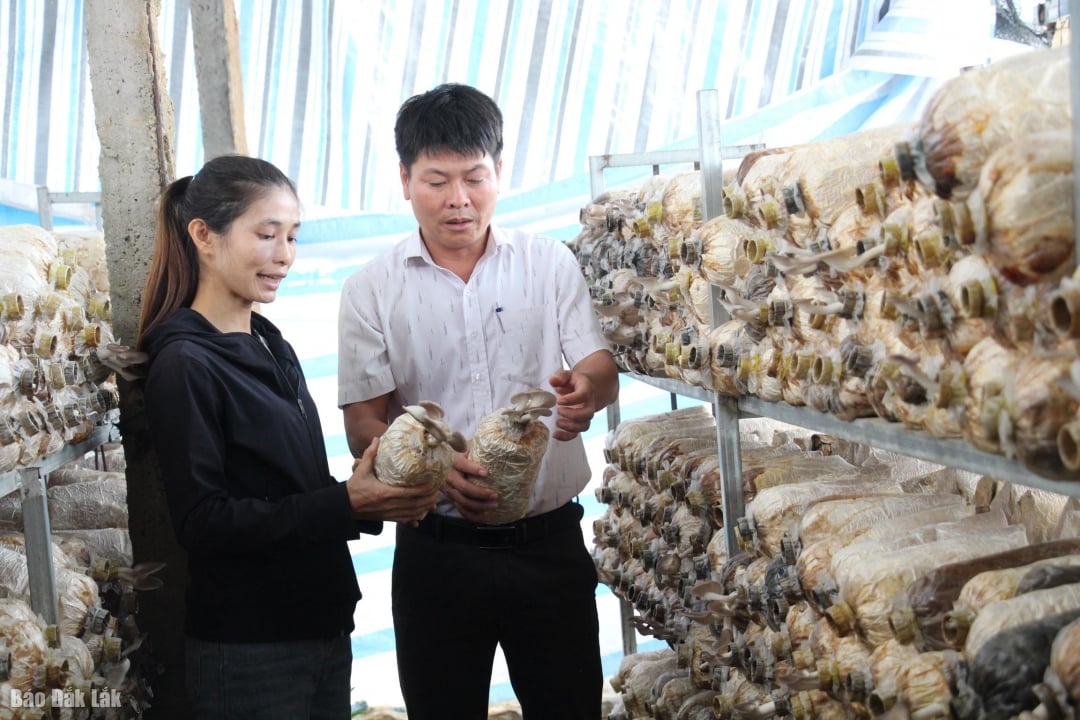





Comment (0)